Despite having several pieces that echo the contemporary perspective highlighted recently, Iulian Mereuță remains mostly unknown for many. This retrospective represents the first large-scale exhibition dedicated to the artist. Curators Călin Dan and Sandra Demetrescu offer a very cohesive first-glance at his journey as an artist, a perspective that only promises to become more extensive and nuanced during the year-long project.
Imagining the display as a laboratory is a welcome gimmick that gives the viewer access to a very distinctive visual universe, albeit precarious and undetermined. This can be read as a repository of sketches, paintings, photographs, videos, found objects/random garbage, but also as an archive of ideas, intentions, expectations and intuitions. I’ve been wondering how much of the curators’ documentary work aligns with the artist’s intentions in constructing the clearly drawn semantic units presented by the exhibition. Mereuță’s thinking is one governed by an aesthetic where fragment, collage, hazard and the accidental reign supreme, whose main rule is to break all the rules, be it style or technique. Curiously, there is an overall feeling of unity, which goes way beyond curatorial concept, pointing towards a preconceived plan. Objects with a certain spatial presence, a sort of vertical supports with black rectangular surfaces, placed prominently in the exhibition space, guide the viewer’s gaze. Kazimir Malevici‘s extreme reductionist worldview of the black square on a white canvas quickly comes to mind, placing Mereuță at the heart of the modernist paradigm.
Mereuță’s art cannot be separated from his art historian background. His theoretical training might have played a role in rendering him particularly critical in his artistic vocabulary towards many of modernity’s facile, fleeting and fatigued elements. His working only with non-colors – black and white- and use of minimal shapes, as well as his preference for precarious materials across mediums could be interpreted as a form of skepticism towards the semiotic power of images, or they can simply be considered a form of artistic freedom granted by self-imposed limits. The artist’s “inspiration” is far removed from its once-divine origin: Mereuță takes his cues from dreams, signs, symmetries and places. During his travels, few as they were, he was always in search of situations/moments/altered states that would trigger an emotion or a mental process that would breathe new life into his senses, chasing that fiction of “pure sensitivity” that Malevici had been talking about at the beginning of the 20th century. His bittersweet voyages back to post-1990 Romania, including his long-awaited 1999 trip to Dobrogea, were life-giving journeys of self-discovery, resulting in strong creative impulses. His newfound openness towards the digital world during his life’s last decade (like the on-line platform Frequently Nowhere) shows a renewed “lust for art”, despite his decaying physical condition.
There are a few portraits in the exhibition (from the series Suite huit portraits, 1986), which chromatically remain within the ascetic black/white dichotomy of the show. These faces are not people in particular, their identity being rather generic, or perhaps improvised, ready to dissipate back into matter at a moment’s notice. I believe there is more to his figurative art than these pieces and perhaps future iterations of the exhibition will uncover more. Mereuță’s journey is anything but straight forth: he initially wanted to be a film director, only to leave behind a visual artist’s body of work, with a pit stop in art history and theory (București,1961-1966). As a teenager in Galați he met Lola Schmierer Roth, a Paris-educated artist, whose cosmopolitan friendships and knack for the pedagogical left a deep impression on him. Film remains a constant reference, the artist even starting to work on an unfinished project during his student years, inspired by “One Thousand and One Nights” and with Nicolae Mărgineanu as his cameraman. He travels to Prague in 1968, where he meets influential Czech art critic and friend of Duchamp, Jindrich Halupecky. Mereuță talks about their long correspondence as a very formative experience, both artistically and intellectually. In the early ‘70s, one of his experimental films is pulled from television broadcast last minute. Among his other failed attempts was a series of ten monograph albums funded by pre-orders and exploring the works of artists such as Catul Bogdan, a conceptualist avant la lettre reinterpreting works by Braque, Cezanne as well as his own pieces through rigorous, highly analytical drawings, or self-taught modernist Doru Bucur. The initiative was of course futile given the highly-monitored State economy at the time.
His interest for literature and poetry was always a catalyst for his artistic thinking. The artist’s vast literary culture emerges in the novel interpretation of Kafka that he explores throughout the 2001 artist books and projects (Kafka/Poems, Kafka/Rests, culminating with Kafka/Animal, by fictitious publisher H.H.L. aka Homo Homini Lupus, as well as the potential sound installation Kafka’s Voices), as well as his project dedicated to Paul Celan. Mereuță was familiar with all the arts. As an art historian, between finishing his studies and immigrating to France (1966-1978), he published numerous art reviews, as well as two small monographs. The monographs, on Henri Catargi (1970) and Ioan Andreescu (1972) are anything but conventional, functioning more like vast essays where he uses his knowledge beyond the sphere of art history in order to capture the fickle and complicated machinations behind an artistic destiny. His Romanian period finds him exploring subversive, often political actions, as well as recreating Paul Neagu’s piece “Cake Man” in his own apartment. Neagu was already in England at the time, but their friendship continued by mail.
I find it crucial to mention Mereuță’s interest in drawing, largely visible in this retrospective. This interest is also reflected in the critical thinking from his Bucharest period, as well as his artistic practice – the converging points between the two are surprising nonetheless, deepening the understanding of his work. At one point he differentiates between two types of artists who draw: those who do not exclude the possibility and even necessity of color in order to fully imagine the world and those who adhere fanatically to the ideal of austerity and its rules. “Leaving marks on paper – behold the most obvious, the poorest of games. The most incredible performance of this game is conquering its own proclaimed scarcity. Existential time sensuously captured within sign is best expressed by the fundamental dichotomy of black and white. There is an implicit tension within every sign that reaches the paper, a tension coming from the incompleteness of the act of rendering. Without the author’s intent, drawing is almost always dramatic, a category that follows its every step. But beyond this existential time, the intellectual offer brings forth to the sign the kind of plenitude that lifts it from his initial poverty.”
Iulian Mereuță was writing this in 1970, somehow foreshadowing his own artistic ethos. It’s no surprise that his first outing as an artist was the 1973 drawing exhibition at Galeria Galateea in Bucharest with Ion Bițan. At the time, his signature was the quasi-anonymous initials J.A.
The exhibition The metamorphoses of Julian. A Iulian Mereuță retrospective-in-progress. by Iulian Mereuță (1943-2015), curated by Călin Dan, took place at the Museum of Contemporary Art (MNAC), Bucharest during 31.10.2019 – 25.10.2020.
This text was published in Revista ARTA #42-43, which can be found in book stores all over the country, as well as our shop.
translated by Andra Nikolayi
POSTED BY
Ioana Vlasiu
Ioana Vlasiu is a first degree researcher and doctor in art history. She graduated in 1966 from the "Nicolae Grigorescu" Institute of Fine Arts, Department of Art History and Theory. After graduation,...


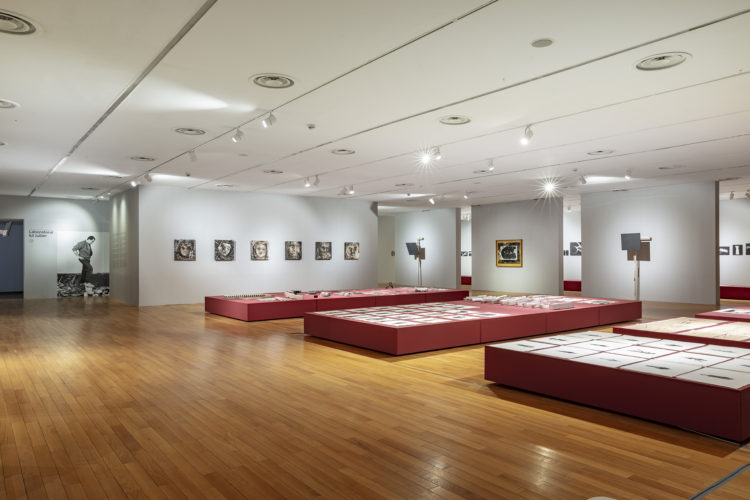
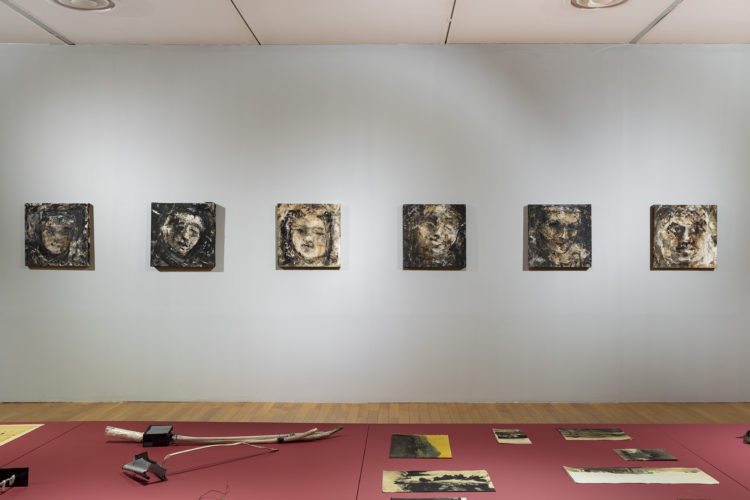
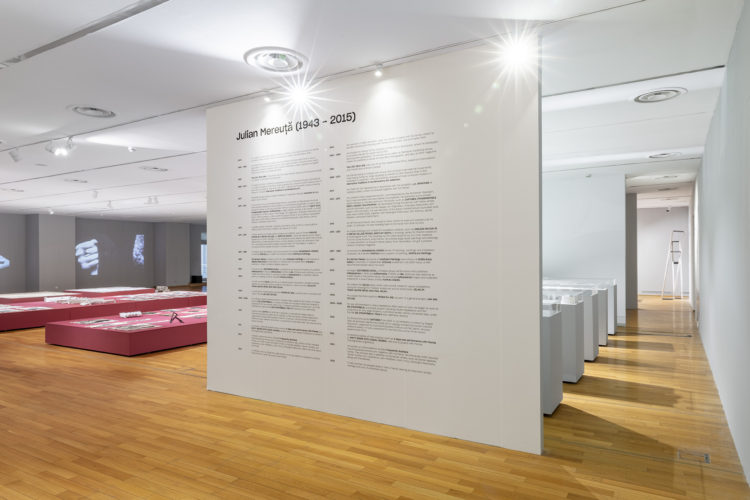
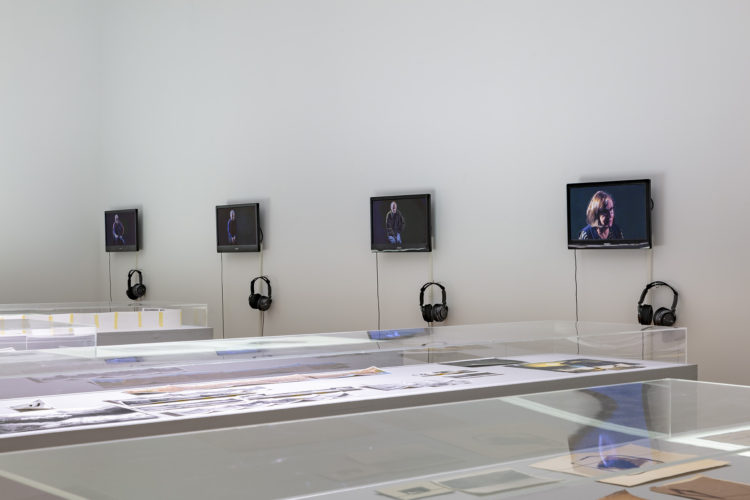
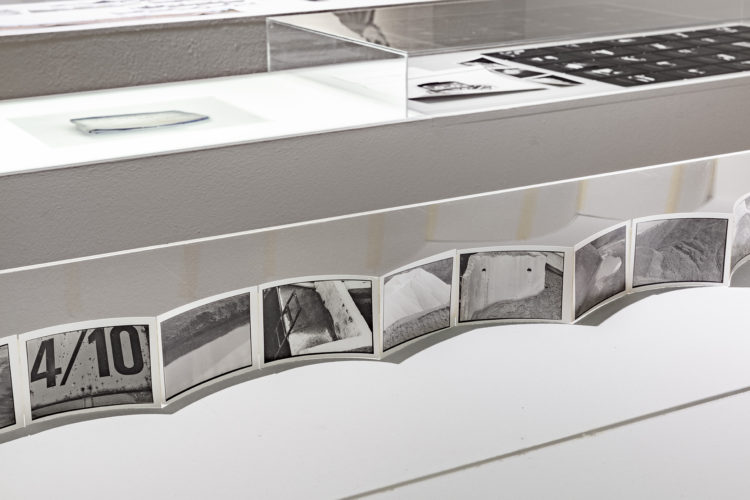
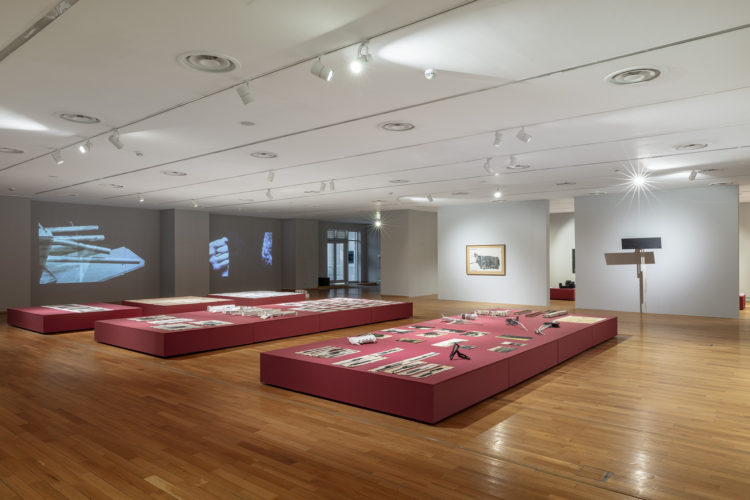
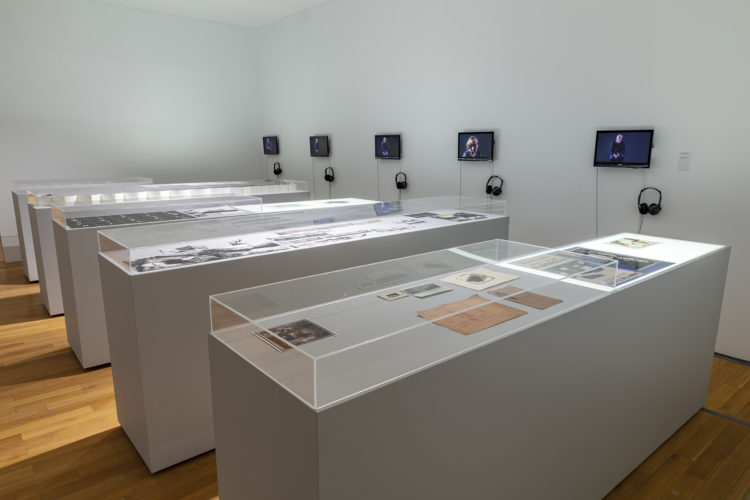
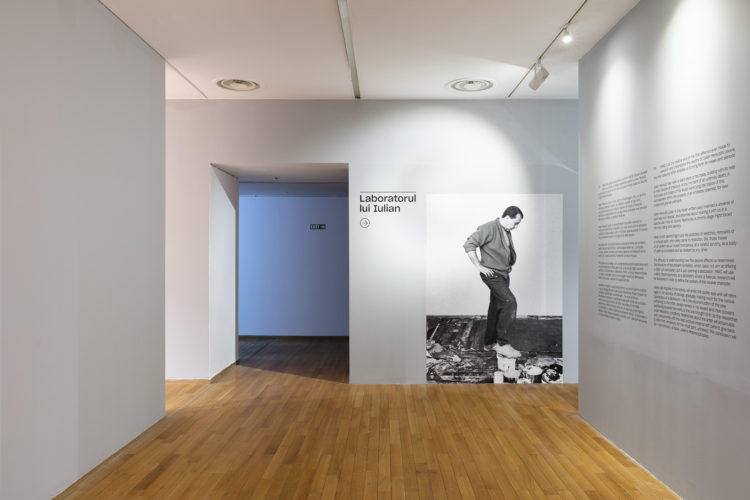
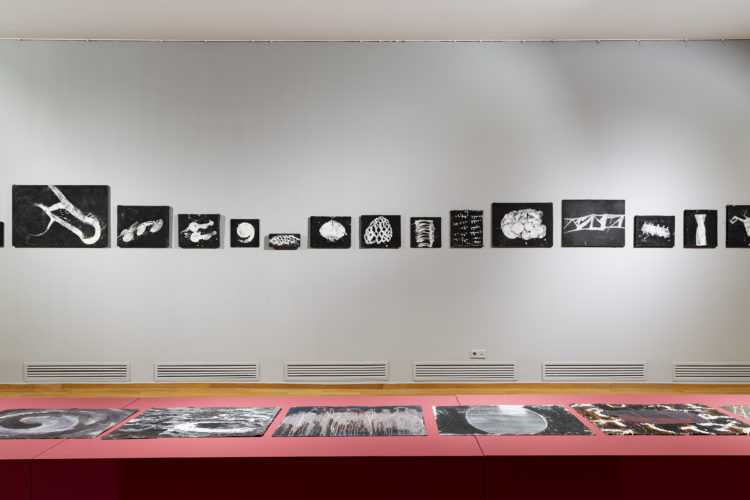

Comments are closed here.